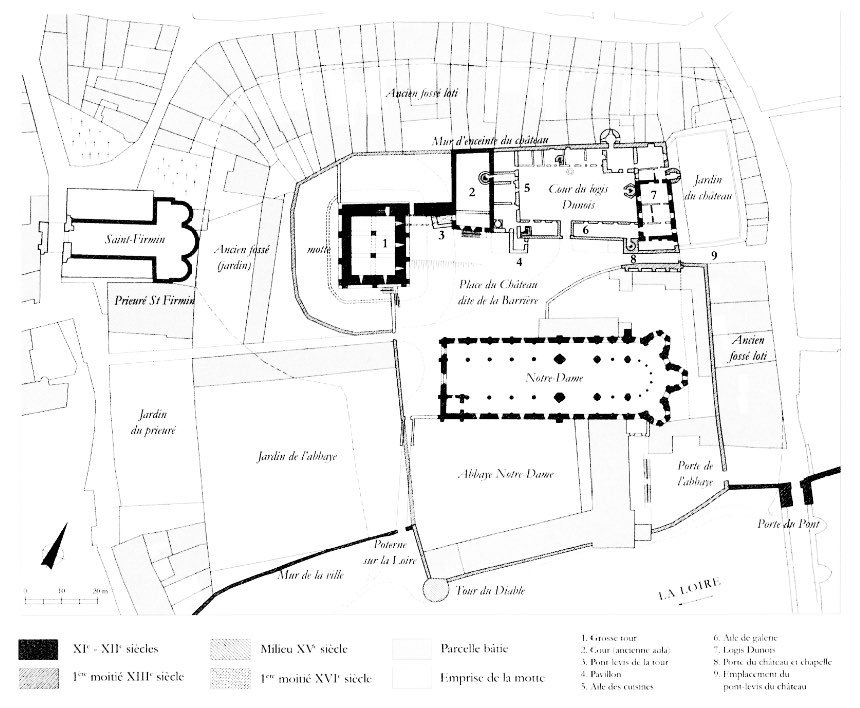
11th century
The origins of the Château de Beaugency
Constructed on the initiative of the lords of Beaugency, the Romanesque-style manor house controlled access to the bridge over the Loire at that time. It formed part of an imposing castle complex, organized around a vast sloping courtyard, the sole access to which was through the barrier gate.
To the west, the courtyard is still dominated by the Romanesque square keep, while the various buildings of the abbey of the regular canons are organized to the south: the 12th-century abbey church and collegiate church. In the northeast lies the lord’s manor house, now the Château de Beaugency.
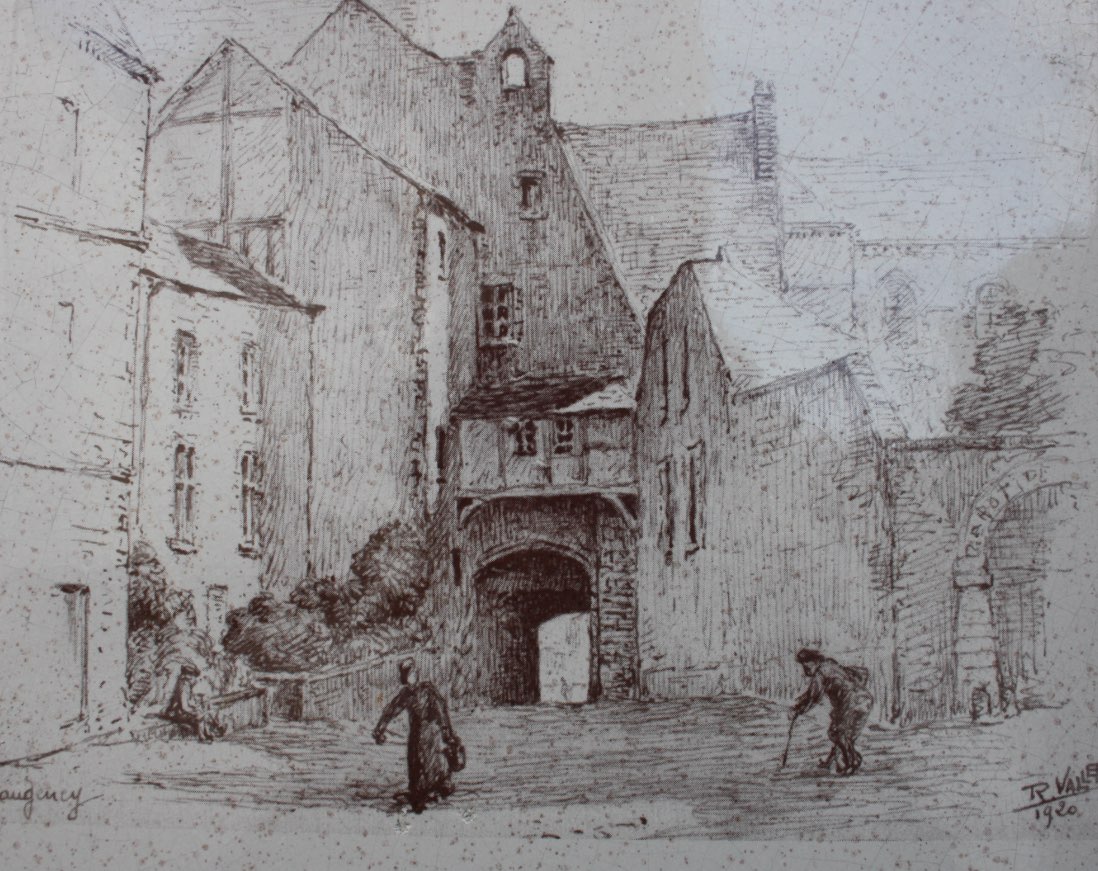
13th century
Construction of the chapel
This building, dedicated to St George, was constructed in the 14th century by royal decree. It is likely that a new construction replaced an older chapel.
source Daniel Bontemps
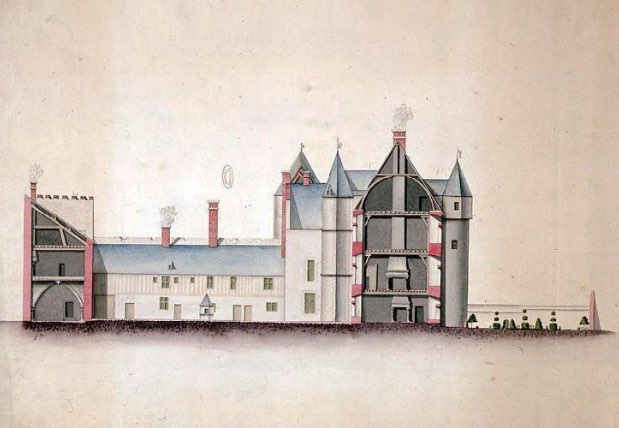
15th century
Restoration of the château by Jean Dunois
Charles of Orléans invited his half-brother Jean Dunois and his wife Marie of Harcourt to reside in the Château de Beaugency. Thanks to the intervention of Jean of Harcourt, who purchased the château from Charles of Orléans, Jean and Marie enjoyed the residence without owning it.
Major restoration works were then undertaken, as the château was in ruins. The building expanded, with the addition of two wings, a gallery, offices, and towers overlooking defensive ditches.
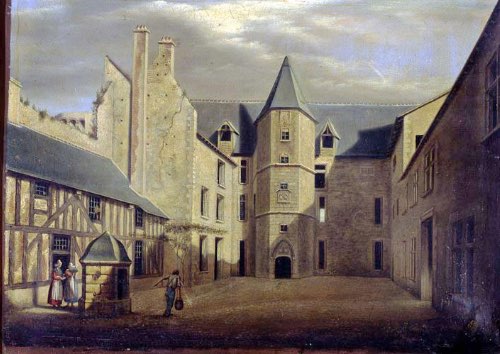
16th century
Expansion and modernisation by Jean d’Orléans-Longueville
The remarkable Renaissance-style developments of the château were carried out by Jean d’Orléans-Longueville, the grandson of Jean Dunois. Among other things, casements were constructed or restored, and the former staircase in the garden tower replaced by reading rooms.
The hanging garden to the east of the château (created in the former ditches) is also the work of Jean d’Orléans-Longueville. But his most significant creation is the house, which is sadly no longer visible today. Only the ‘Longueville’ corner turret gives a glimpse of the quality of this lost building.
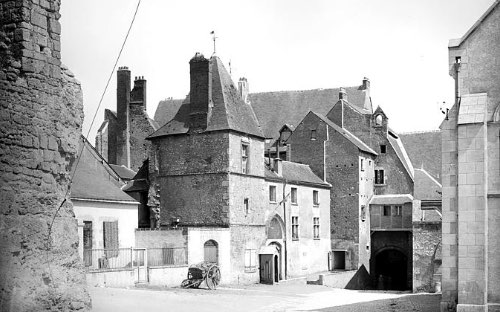
From 16th to 19th century
Life at the château amidst war and upheaval
For over two centuries, the château witnessed religious wars and the transformation of the medieval town of Beaugency into its present-day form. Although not directly impacted by these events, its architectural context was profoundly affected.
The Notre-Dame collegiate church burned down and was subsequently rebuilt in the 16th century. The interiors of the keep and its roof were damaged by the fire but were never reconstructed. Part of the town’s fortifications were demolished, and the bridge over the Loire was transformed to widen the passage between the southern and northern banks of the river.
Following the French Revolution, the château was finally sold as a national asset
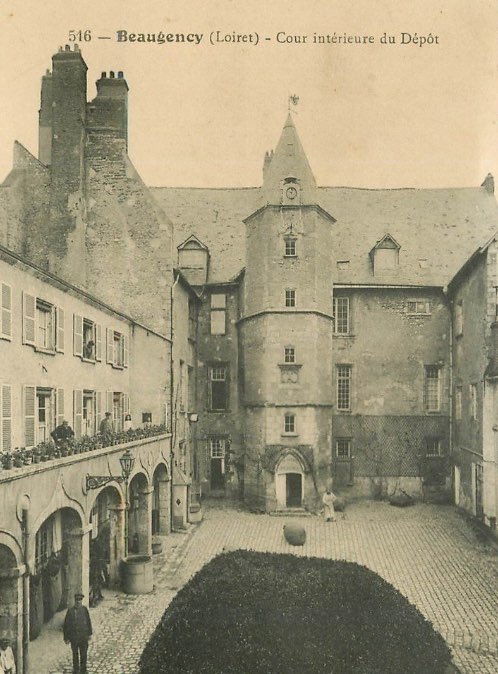
19th century
The beggars’ asylum
At the turn of the 19th century, Baron Henri Siméon, Prefect of the Loiret, decided that his department should have a beggars’ asylum. On the initiative of Lorin de Chaffin, the Château de Beaugency was chosen to house this institution.
Significant building work began in 1839 for the château to welcome 150 beggars. Among other things, a new area was constructed for women and children beside the St George Chapel, an existing building in the garden was raised and reserved exclusively for the elderly, and finally, the north wing of the château, which contained the offices, was completely reorganized. It is now the arcade wing.
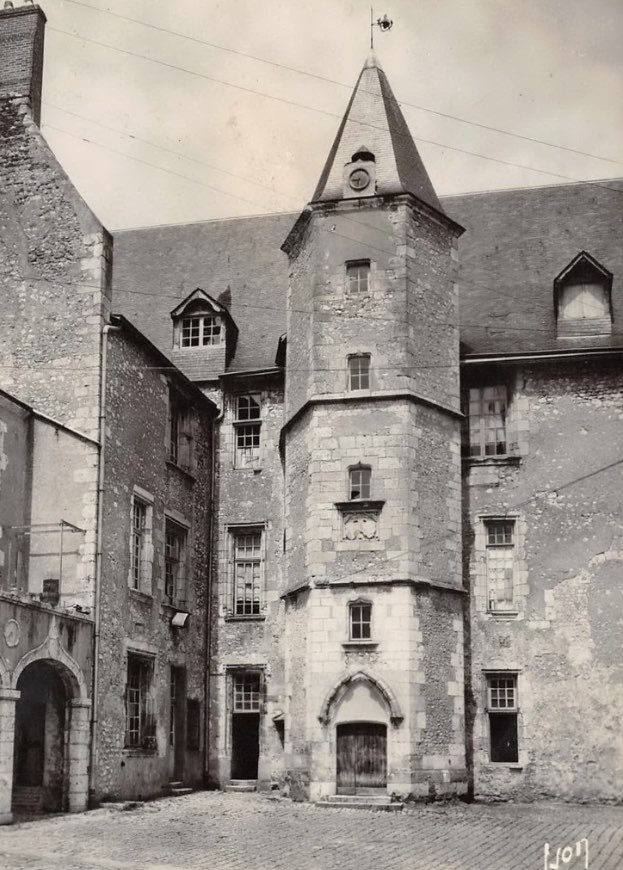
1926
Protection of the château as a historic monument
The 20th century saw a growing enthusiasm for remarkable buildings. The Château de Beaugency thus secured two-fold protection: the lord’s manor, the garden tower, the round tower, and the square tower were added to the supplementary list of historic monuments, while the arcade wing, southern gallery, and former house of Jean d’Orléans-Longueville were included on the same list.
Between 1928 and 2018
Daniel Vannier museums, holiday camp, and J. Dunois Museum
Still owned by the department, the château has been home to the Museum of 19th-century Orléans Life for more than seven decades. Alongside this, the monument plays host to a summer camp during the holidays. Purchased by a private owner, it remained a museum until 2018, comprising fifteen rooms reconstructed based on analyses of documents from historical archives.
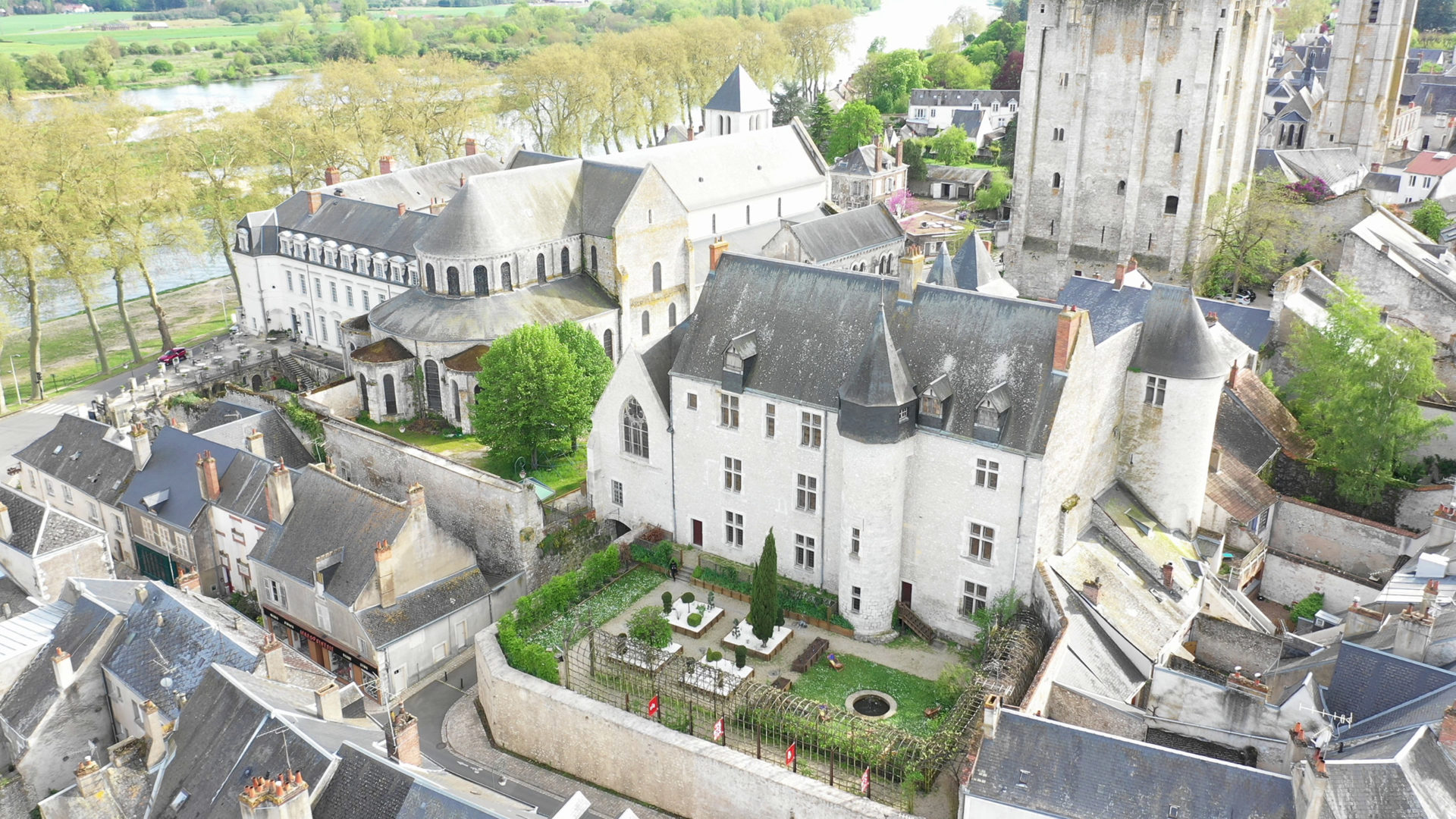
From 2021 onwards
Digital art centre
In spring 2021, the Château de Beaugency was converted into a space dedicated to heritage and the digital arts, featuring a space for artists in residence, a transmission and mediation site, and a hub for creative teamwork.

XXXX
Raoul I & Raoul II
The Lords of Beaugency
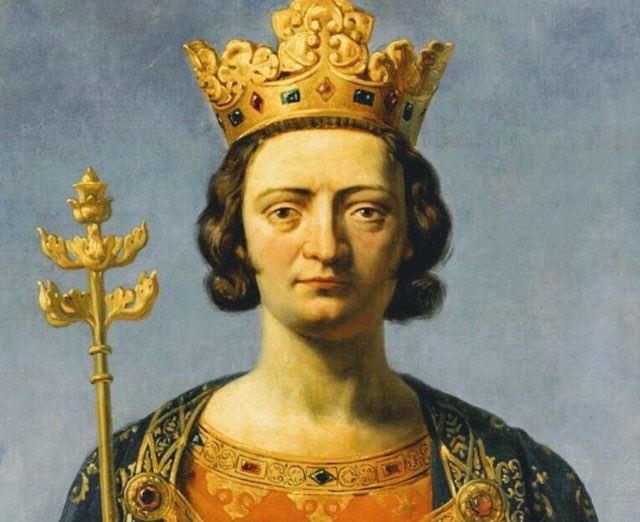
1292
Philippe le Bel
The King of France
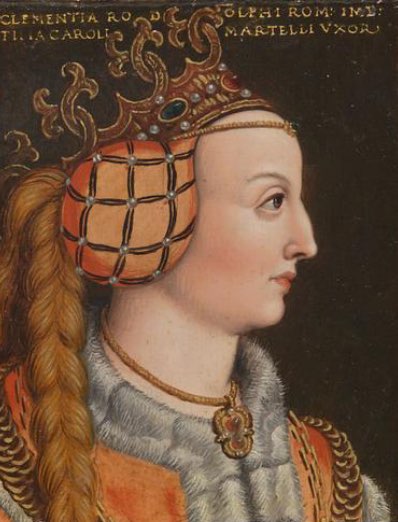
1316
Clémence de Hongrie
At the death of Louis X, king of France
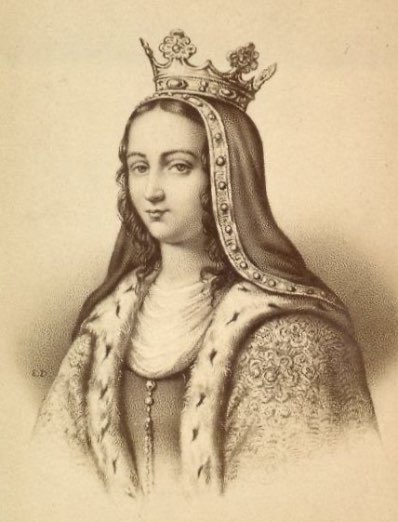
1343
Jeanne de Bourgogne
Wife of King Philippe VI of France
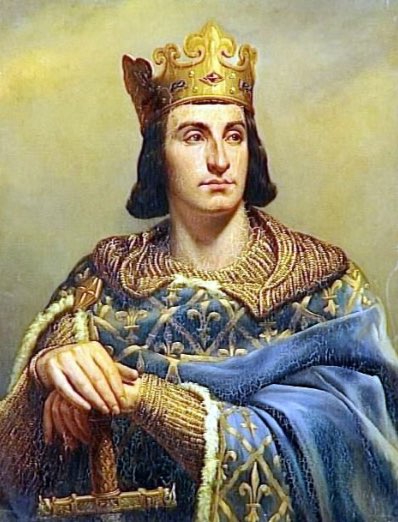
1344
Philippe de Valois
1st Duke of Orléans
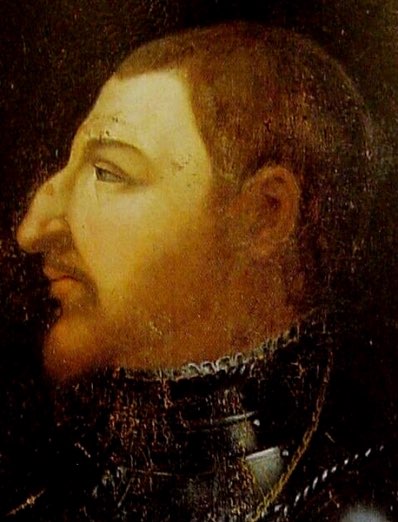
1394 - 1465
Charles d’Orléans
Brother of Jean Dunois
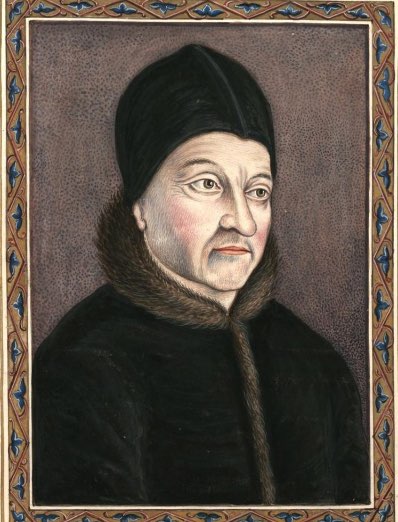
1403 - 1468
Jean Dunois
Bâtard of Orléans and Marie of Harcourt
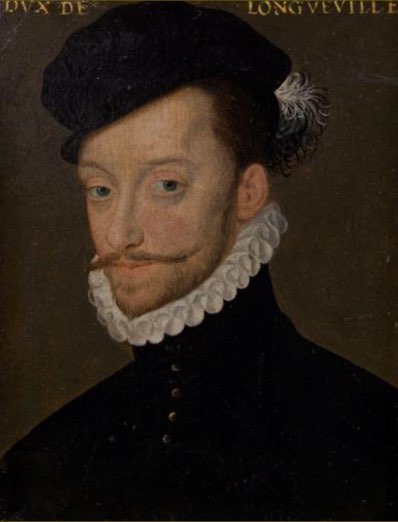
1484 - 1533
Jean d’Orleans - Longueville
Cardinal
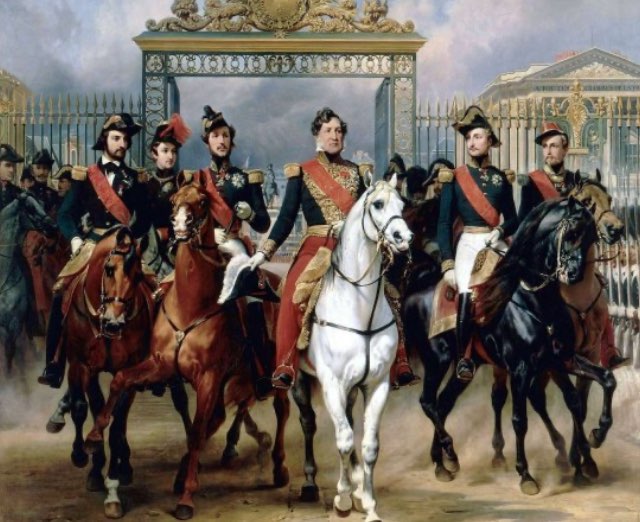
1468 à 1789
Family of Orleans
Until the French revolution